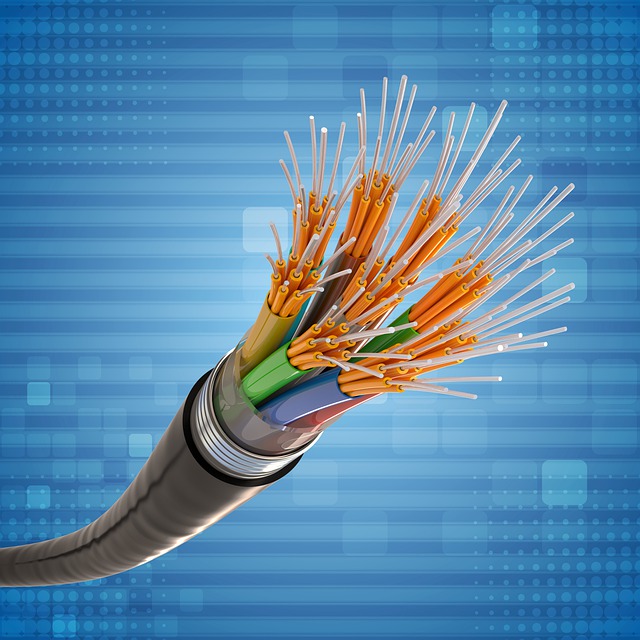The Linux kernel is the foundation for nearly all of Linux-based operating systems, including servers, desktops, TV boxes, laptops, tablets, smartphones, and the fast-growing network of “Internet of Things” devices. Its open source nature makes it a robust, reliable, and customizable platform that can run on a huge variety of hardware.
The kernel is written in C programming language, and the entire codebase is maintained by a large community of programmers from all over the world. Its scalable design allows the kernel to adapt its functionality to the underlying hardware and efficiently use its resources, even as it scales from the smallest embedded system to the most powerful supercomputers.
While the Linux kernel provides the core functionality that defines an operating system, it also includes a multitude of subsystems designed to provide advanced features and a rock-solid user experience. These include device drivers for interacting with hardware devices such as disk drives and network interface cards, memory management, inter-process communication, and multi-processing.
One of the most interesting aspects of the Linux kernel is its support for multiple hardware configurations and processor architectures. The kernel supports ARM, ARM64, x86-64, IA-64, m68k, MIPS, NIOS II, PA-RISC, and PowerPC. This flexibility, along with the ability of users and developers to modify the kernel, has made it possible for Linux to become a dominant force in both cloud computing and embedded systems.
Another key feature of the Linux kernel is its networking subsystem, which provides a unified API to a wide range of protocols from raw frame access (e.g. Ethernet) to TCP/UDP and all the way up to the sockets layer. The Linux kernel also contains a virtual filesystem that supports a variety of filesystem implementations, and it has a software-based solution for resource control called cgroups, which are the reason containers like Docker, Podman, and Kubernetes can exist.
When submitting a patch to the Linux kernel, you should always review the Kernel Submission Guidelines. This document describes the expected level of quality that patches should achieve, and failure to meet these requirements will almost certainly result in rejection.
Once you have a solid understanding of the Kernel Submission Guidelines, you can begin work on your own patch. It is important to remember that the kernel development community is a highly cooperative and collaborative one. As such, it is common for initial patches to be met with criticism that does not necessarily reflect negatively on the quality of the patch itself. This is a necessary part of the process that can help improve the patch before it is accepted into the kernel.
The most successful patches follow the Kernel Submission Guidelines very closely. They are also submitted at least once by a person who understands the kernel development philosophy and has some relevant technical experience. The best way to ensure that your first patch succeeds is to submit it to the right people at the right time, and to remain cooperative and respectful in your interactions with other kernel developers.




























+ There are no comments
Add yours